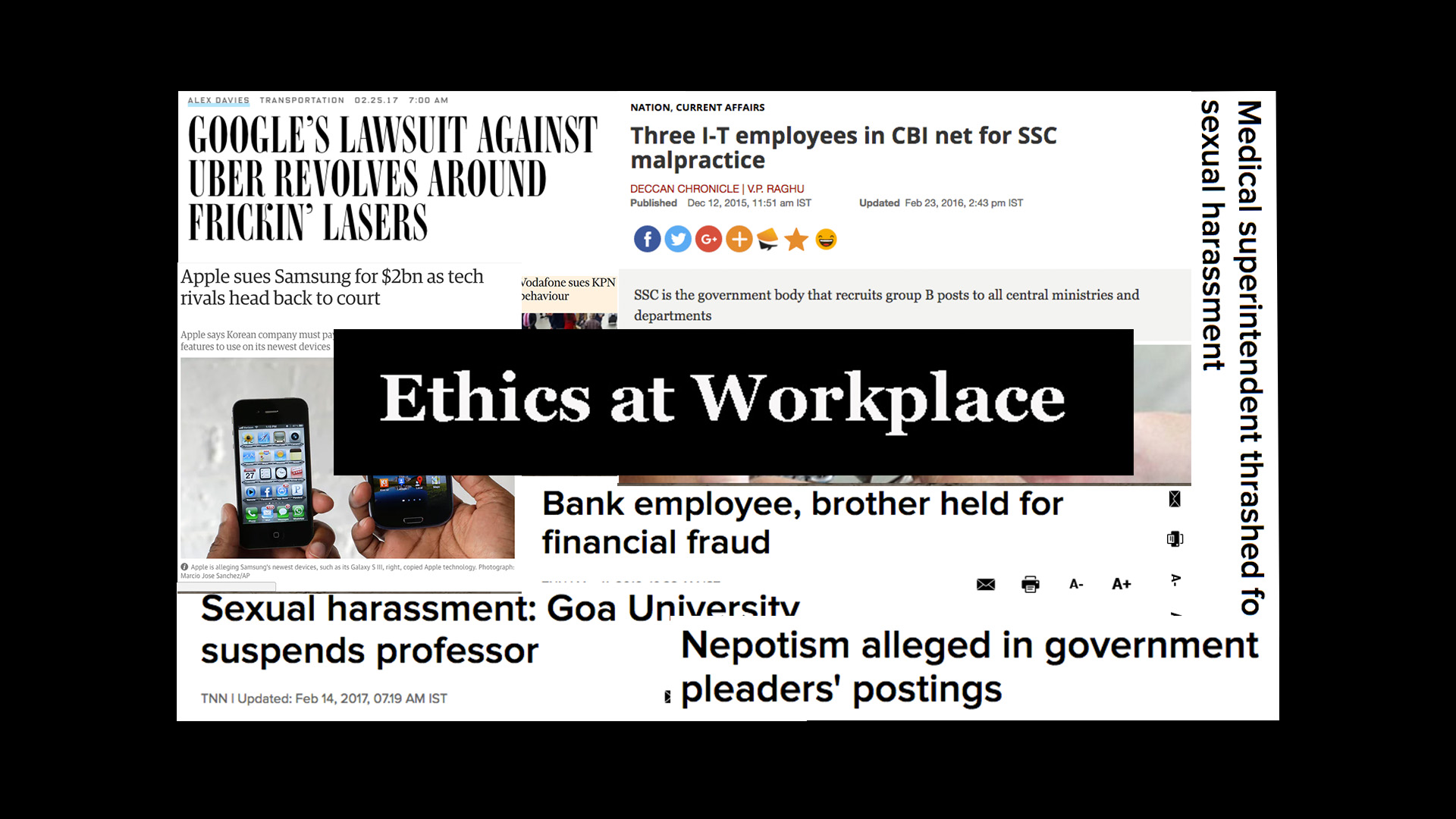In my last corporate assignment, having spent a pretty long and enjoyable period building a business, I decided I needed to move on for some new experiences. When I spoke to my superiors, they understood my need. However, they requested if I could move to the head office, to incubate a new project and bring it to market, before saying my final good bye. I agreed to do so, spent one year in shaping up the project and left once it was ready to launch.
The nice part about my exit was
- I spoke to my superiors openly without putting a limited time notice on them. I was confident they would take it in the right spirit.
- They were totally appreciative of my need and felt open enough to suggest I do the last project where they needed help before leaving.
- Thanks to that, in both my movements, to head office and the final exit, there was enough time to bring in a successor and hand over totally.
I have the best memories of my experience with that company, my superiors, my peers and my teams- at Vodafone India, the place where I had my single longest innings of my corporate life.
When I look back at my over thirty years of experience in corporates, working across different industries, I have seen so many people come and go in organisations, but few where the entire process was well planned to avoid any disruption to the business due to the change process.
The key lies in both the employee and the managers being open and transparent about their moves so that both feel good about what’s happening. The onus, to a large extent, lies on the quality of leadership displayed by the employee’s superiors; and therefore, on the kind of a management and relationship culture that they build.
Standard Team Management practices
The terms Leadership, Team Management and Organisational Culture evoke thoughts of some typical events that happen at work. These include –
- Daily morning huddles to plan for the day
- Frequent one-on-one meetings to discuss specific work issues
- Monthly full day review meetings, often followed by a party
- Annual offsite meetings, annual or half yearly, to discuss strategy and plans.
- Celebrating some successes
- Celebrating birthdays
- Generally having a congenial office atmosphere
These are standard activities expected from managers in most companies and most good managers do follow all the above to a large extent.There are also a few leaders who go beyond the “call of duty” to engage with the team beyond office hours, over games, drinks or lunches and dinners.
Yet, most businesses tend to lose good people and are forced to reconcile to a certain rate of employee attrition, which they start accepting as unavoidable.This could be avoided if at every level of management, there is a focus on developing leadership skills which help in making managers sensitive to employee needs.
Major Reasons for Employee Exits
The major reasons why good people leave organisations include
- Career growth – present job not showing scope to satisfy the ambition
- Low level of challenge in the job- either intellectual or managerial
- Monotony of work- same routine, just higher targets year on year
- No new training opportunities
- Perceived bias from leadership in assessment of the employee
- New industries come up which look exciting
While more often, we tend to think a person left because of a higher salary elsewhere, the root cause is one of the reasons cited above. Salary is only an enabler to make the decision to move on.
Growth oriented organisations lose out when capable employees leave. Along with them, they take away the continuity at work and affect business timelines to the extent of even 6 months; and there is no guarantee that the next person to replace the employee would be highly capable and better.
In fact, so often I have heard people saying they didn’t want to leave the organisation but didn’t find any one bothering to understand their issues.
When an employee leaves it is not an instant decision. It starts with a gradual disenchantment setting in. With passage of time, the unhappiness grows and eventually the person looks outside and takes the final step to exit.
Building Strong teams through Trust and Bonding
In training programs for management teams, for developing leadership skills, businesses could focus on some key employee related issues that every manager needs to address.
Some of the things that help build a trust and bond between the employee and the organisation include
- Structured discussions for the employee on career paths available within the organisation; these help in giving clarity to both sides.
- Appraisal discussions become occasions where work related feedback is given, just enough to justify the rating. Superiors skirt around sensitive topics and give vague assurances, which are never acted upon. An open chat with clear messages given to the employee and a feedback taken about the organisation helps build trust and equation.
- Planned job rotations, at least once in two years, to help enrich experience and provide new challenges.
- One or two good training programs per year, of course subject to budgets, that improve employee skills, both technical and behavioural.
- While short-term work targets are being driven, design projects for medium to long-term requirements and put each employee into one or the other project groups, depending on his/her aptitude.
- Quarterly meeting with each employee by Team Leader and HR Manager to get open feedback about any apprehensions about attitudes towards the employee. The employee must feel a sense of trust and confidence in the leader and the HR manager and be able to openly voice issues that bother him/her.
- Quarterly or Half yearly chats between superior’s superior and the employees(skip level), at least in small groups, if not one to one.
- Recognition of organizational limitations to provide growth beyond a point. The choice is then left to the employee and the conversation can give enough inkling to help plan next moves for the organisation too.
- Advance planning of likely exits based on mismatch of career expectations with sufficient time to bring replacements.
The key to building a great culture is to insist that it happens systematically in every team, large or small, across the organisation. Team leaders and the HR manager’s appraisal must carry a strong weightage for managing the employee relations activities.
While many organisations do have some or all of these practices as a guideline, all team leaders do not necessarily adhere to them.
To build strong teams, developing leadership skills of managers at different levels must become a focus area for the top management; such that the onus of maintaining a motivating work culture rests on leaders at all levels.
Please do leave your comments at the bottom and do share with others if you like this article.



















Nicely written Sridhar. The other reason to leave is bad boss it happen in some of the cases especially behaviour aspect. I feel this is also one of the big reason at times organisation lose good employees.